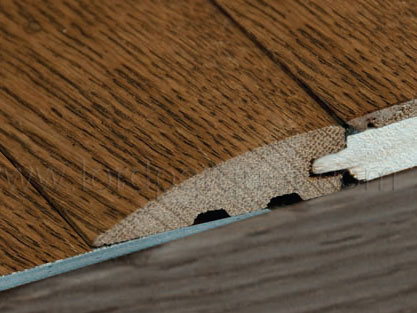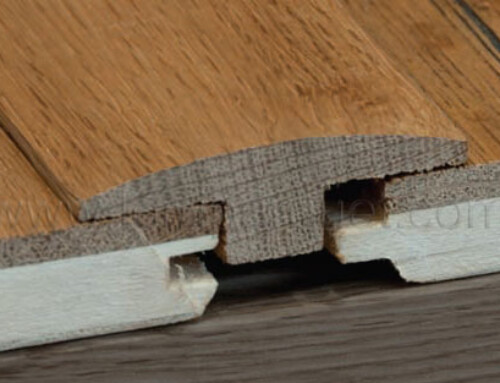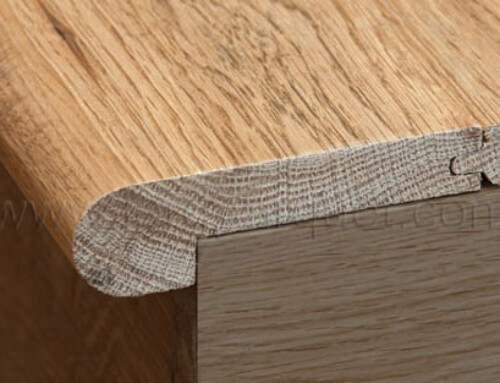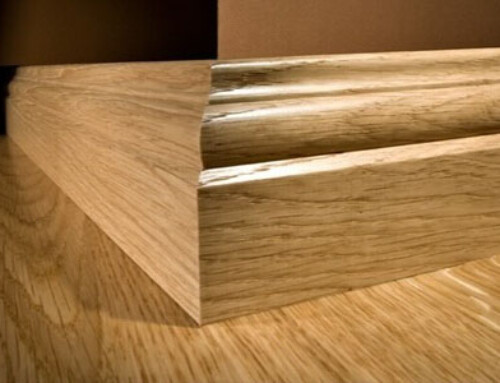Project Description
Hardwood Finger-joint Floor Reducer

A reducer shaped molding used around fireplaces, doorways, as a room divider, or as a transition between wood flooring and adjacent floor coverings that are less thick. Fasten down with adhesive, small nails or double-faced tape.
Choosing and installing the right transition strips can make the difference between a good floor installation and a great one. Reducers are especially important because they prevent people from tripping at places where floor coverings of different thicknesses meet. If the wood flooring at the junction isn’t made from a common domestic hardwood, it may be hard to find a reducer that matches it. Fortunately, you can make your own from a spare piece of flooring and the tools you’re already using to install the flooring.
- When you’re installing carpeting next to an existing hardwood floor, you can often make the transition by tucking the carpeting right next to the hardwood with tack strips. When the carpeting is already there and you’re installing hardwood, however, it’s easier to use a transition strip called a carpet reducer. One side of the reducer is slightly thicker than the hardwood while the other side is thin so it can sit almost flush with the hardwood surface. To properly install one, there should be a gap of a little more than one inch between the hardwood and the carpet.
- Rip a strip of scrap wood 1 1/8 inches wide on a table saw. It should be long enough to extend from one end of the transition to the other. Nail it to the subfloor along the edge of the carpet to act as a spacer, leaving the nail heads protruding so you can remove them easily.
- Butt the boards against the spacer when you install the hardwood floor. Pull out the nails and remove the spacer when the installation is complete.
- Measure the length of the transition with a tape measure. Cut a piece of metal trim track to that length, using a hacksaw. Trim track is a U-shaped strip of metal that holds the transition strip in place.
- Cut a strip of carpet reducer to the length you measured, using a chop saw. Hold it in position over the gap between the carpet and the hardwood flooring while you center the trim track underneath it. Screw the trim track to the subfloor with wood screws.
- Snap the carpet reducer onto the trim track so that the thick side butts against the carpet while the thin side covers the edge of the hardwood.
Things You Will Need
- Scrap wood
- Table saw
- Nails
- Hammer
- Tape measure
- Hacksaw
- Carpet reducer
- Chop saw
- Wood screws
- Screwdriver
- Tip
Some carpet reduces don’t use trim tracks. You typically nail these to the subfloor with 1 1/2-inch finish nails or glue them with construction adhesive.
The reducer blends better with the floor if it’s made of the same wood as the flooring boards.
It’s Time to Get Even
Not sure what to do with those two recently completed uneven hardwood floors? Get a high quality floor-reducer from the ones in our product range. Manufactured to perfection, these floorboards will make your worry disappear.










Leave A Comment